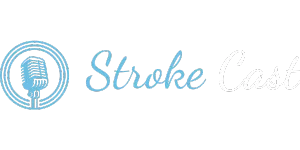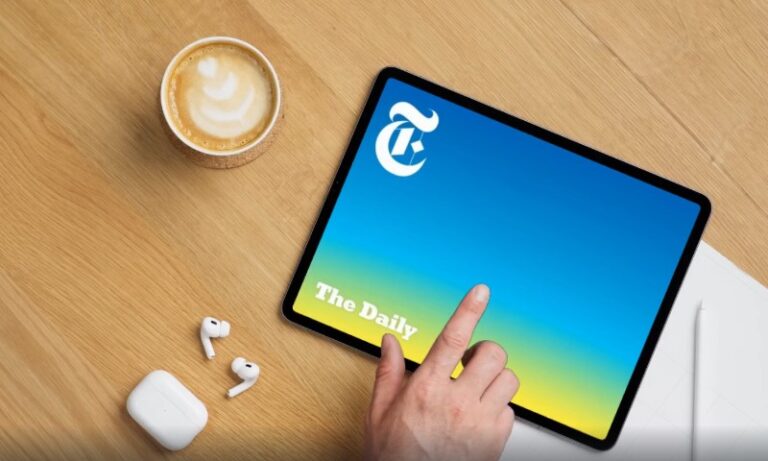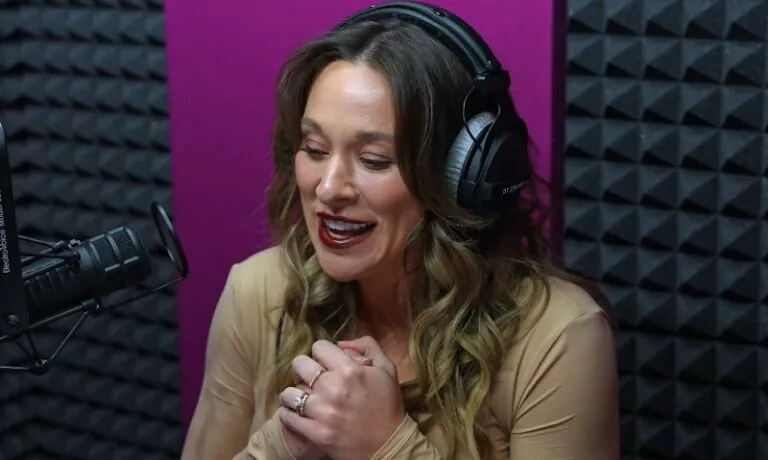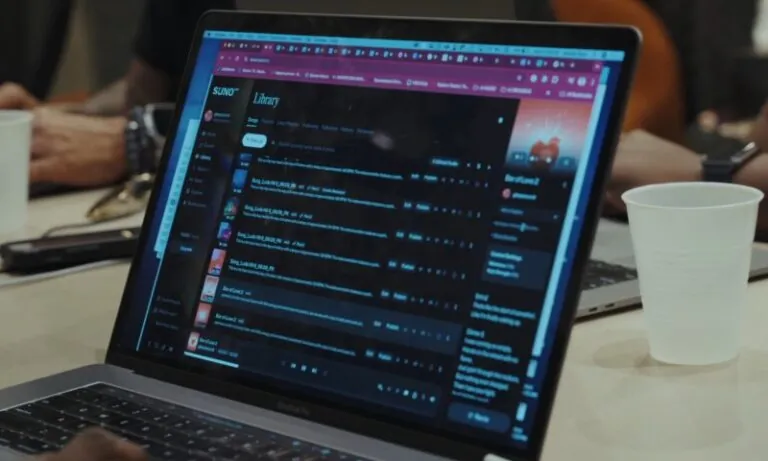If you’re starting a podcast in 2025, you’re stepping into a space that’s louder, more competitive, and more tech-driven than ever. Choosing a hosting platform isn’t about picking the one with the shiniest website or the longest list of features.
It’s about fit – how well the platform supports the way you create, distribute, and monetize your show without becoming an obstacle you wrestle with every week.
Your host needs to do more than store audio files. It should handle the plumbing, keep your RSS feed clean, integrate smoothly with major listening platforms, deliver trustworthy analytics, and give you monetization options that match your goals.
Add to that the growing role of YouTube, new distribution channels, and tighter measurement standards, and the decision gets serious fast.
Key Highlights
- Pick a host with portable RSS, IAB-certified analytics, and easy distribution.
- YouTube Music RSS support is now a must-have.
- Match monetization tools to your revenue model.
- Test workflows before committing to a platform.
What a Podcast Host Actually Does
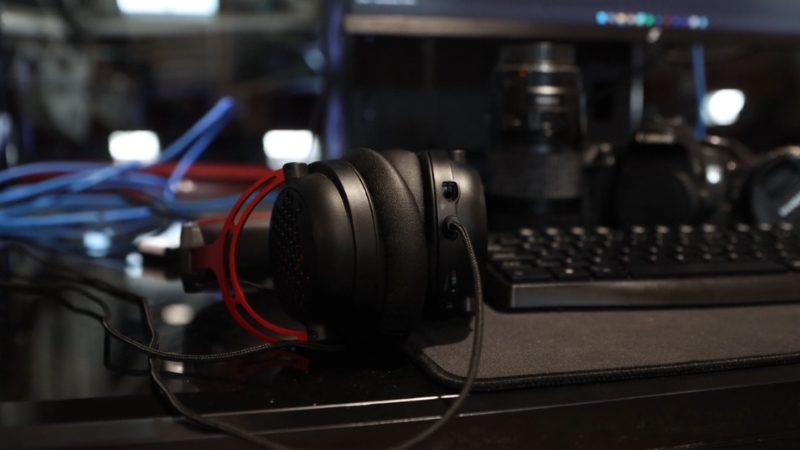
Think of a podcast host as the infrastructure beneath your show. It keeps the episodes available, makes sure apps know where to find them, and provides the numbers you’ll use to track growth or sell sponsorships. A modern host should offer:
- Robust file storage and delivery through a CDN so listeners around the world can download or stream without delays.
- RSS feed generation that includes correct tags, artwork, and metadata to meet platform requirements. Apple’s specs are still the gold standard for avoiding ingestion errors.
- Distribution integrations with major directories like Apple Podcasts, Spotify, YouTube Music, and Amazon Music. YouTube Music now accepts RSS feeds directly, which matters if you want to reach its growing audience.
- IAB-compliant analytics so you can measure performance in a way sponsors will trust. Version 2.2 of the IAB guidelines is the current benchmark.
- Monetization options from dynamic ad insertion to premium subscription feeds.
If your host can’t deliver those basics, it doesn’t matter how pretty the dashboard looks.
The 2025 Listening Landscape
One major shift has changed the podcasting game – YouTube is now the most-used service for podcast listening in the U.S., pulling in 33 percent of weekly listeners.
That means your hosting choice should support a smooth workflow for getting your episodes onto YouTube or YouTube Music without extra headaches. Here’s what else defines the current landscape:
- YouTube Music RSS ingestion: You can now connect your RSS feed in YouTube Studio so episodes appear automatically. Listeners can also add RSS feeds manually in the app.
- Stricter measurement standards: The IAB’s v2.2 guidelines make download and ad count definitions consistent across platforms.
- Platform-specific analytics quirks: Apple tracks completion rates and device-level listening, while Spotify counts a “stream” after 60 seconds. Both are useful but not interchangeable.
If you plan to grow in 2025, factor these into your hosting decision.
The Non-Negotiables When Picking a Host
Some features aren’t optional. Without them, you’ll run into problems sooner or later.
1) Standards-Based, Portable RSS
Your feed is your lifeline. You should be able to export it, redirect it with a 301, and migrate to another host without losing listeners.
Apple’s documentation covers how to do this safely, including testing before flipping the switch. Also, keep metadata clean – correct tags, artwork that meets Apple’s specs, and valid audio formats help avoid distribution hiccups.
2) IAB-Certified Analytics
If sponsors are in your future, pick a host that’s certified to the IAB guidelines, ideally v2.2. This ensures your download numbers are measured consistently with industry standards.
Podnews keeps an updated list of certified hosts like Acast, Buzzsprout, Captivate, Podbean, Simplecast, Omny Studio, and Megaphone.
3) Distribution Where Your Listeners Actually Are
- Apple Podcasts: Still a major discovery engine.
- Spotify: Key player with its own engagement metrics.
- YouTube Music: Now a direct RSS destination – worth integrating.
- Amazon Music / Audible: Accepts shows via RSS, usually through a dedicated portal.
Your host should make getting on all of these platforms painless.
4) Monetization That Matches Your Model
- Ad-supported: Look for dynamic ad insertion (DAI) and marketplace access.
- Listener-supported: Built-in subscriptions, private feeds, or Apple’s in-app subscription tools.
- Private/internal: Invite-only RSS with access controls for member or corporate podcasts.
5) Workflow Support for Video or Hybrid Episodes
If you plan to release video podcasts or clips, pick a host that won’t break your audio feed’s compliance when integrating with YouTube or Spotify.
A Practical Checklist Before You Commit

Here’s a quick scorecard for testing potential hosts:
- Can you export and redirect your feed?
- Is the host IAB-certified to the latest standard?
- Does it offer one-click distribution to Apple, Spotify, YouTube Music, and Amazon?
- Are analytics separated by download vs. time-based listening?
- Does it support your chosen monetization model?
- Does it allow private feeds if needed?
- Does it have clear documentation for migration, specs, and troubleshooting?
Popular Hosts and Their Strengths
| Host | IAB Certified | Private Feeds | Dynamic Ads / Marketplace | Apple Delegated Delivery | Notable Strength |
| Acast | Yes, v2.2 | Yes | Marketplace + DAI | Yes (partner) | Strong monetization tools |
| Buzzsprout | Yes, v2.2 | Premium RSS | Dynamic ads via Buzzsprout Ads | Yes (partner) | Beginner-friendly UX |
| Captivate | Yes, v2.2 | Yes | Dynamic content + sponsor tools | – | Growth-focused for indie creators |
| Libsyn | Yes, v2.1 | Yes | AdvertiseCast marketplace | Yes (partner) | Long-standing ad network connections |
| Podbean | Yes, v2.2 | Yes | DAI + programmatic ads | – | Wide feature range |
| Simplecast | Yes, v2.2 | Yes | DAI via parent company | – | Strong analytics |
| Omny Studio | Yes, v2.2 | Yes | Enterprise-grade DAI | – | Network-level tools |
| Megaphone | Yes, v2.2 | Yes | Spotify Audience Network | – | Enterprise-scale monetization |
| Transistor | No | Strong private podcasting | Dynamic content | – | Ideal for member-only podcasts |
Always check the current IAB certification status before signing ad deals.
Matching the Host to Your Publishing Scenario
Indie Creator Focused on Growth
- Priorities: IAB certification, YouTube Music RSS linking, private feed tools, and easy migration.
- Shortlist: Buzzsprout, Captivate, Simplecast.
Branded Podcast with KPIs
- Priorities: Executive-level reporting, regional compliance, private feeds for internal drops.
- Shortlist: Simplecast, Omny Studio, Megaphone.
Small Network Monetizing Back Catalog
- Priorities: Dynamic ad insertion, programmatic sales, certified reporting.
- Shortlist: Acast, Megaphone, Omny Studio.
Member-Only or Internal Show
- Priorities: Private RSS, access controls.
- Shortlist: Transistor.
Audio-First with YouTube Presence
- Priorities: Smooth RSS-to-YouTube connection, clean metadata.
Analytics That Sponsors Trust
@thedylanschmidt Let’s talk about free (Spotify for Creators) vs paid (Buzzsprout) podcast hosting platforms. The pros and cons and everything in between. #podcasting #howtopodcast #podcasts #podcastingtips ♬ original sound – Dylan Schmidt
Baseline: IAB compliance at v2.2.
- Apple Podcasts Analytics: Completion rates, device-level listening.
- Spotify Analytics: Streams counted after 60 seconds.
- Host Analytics: Downloads.
For sponsor reporting, share IAB downloads, then add Apple and Spotify data for engagement quality.
Monetization Paths
- Programmatic & network sales: Spotify Audience Network, Acast Marketplace, Libsyn’s AdvertiseCast.
- Subscriptions & premium RSS: Apple’s in-app subscriptions, host-based premium feeds.
- Hybrid: Mix of subscriber perks and dynamic ads.
Migration Without Pain
- Test your new feed with validators before redirecting.
- Set a 301 redirect from the old feed and leave it up long enough for all platforms to catch the change.
- Keep both hosts’ analytics in sync during the transition if possible.
A Simple Decision Framework

- Define your main goal – growth, revenue, or internal communication.
- Shortlist three hosts that match your needs and are IAB-certified.
- Run a trial: publish one public episode, one private or subscriber episode, and push to all major platforms.
- Score the workflow, analytics quality, monetization tools, and support.
- Pick the one that fits – and document your redirect process so you can leave later if needed.
Final Take
In 2025, the “best” podcast host is the one that matches your audience strategy, monetization plan, and publishing workflow without getting in your way.
Keep your RSS portable, verify IAB certification, make YouTube Music part of your distribution plan, and choose monetization tools that match your model.
Treat your host like a long-term business partner, but never one you can’t replace.
Related Posts:
- Top 8 Famous Couples Who Swiped Right on Each Other
- Kick vs Twitch - Which Platform Is Winning in 2025?
- The Real Reason Twitch Streamers Are Quietly Leaving…
- Best 10 Podcast Microphones for 2025 - Elevate Your…
- How Can You Listen to Joe Rogan Podcast Without…
- 2025's Best Free Podcast Apps for iPhone - Our Top 9 Picks
